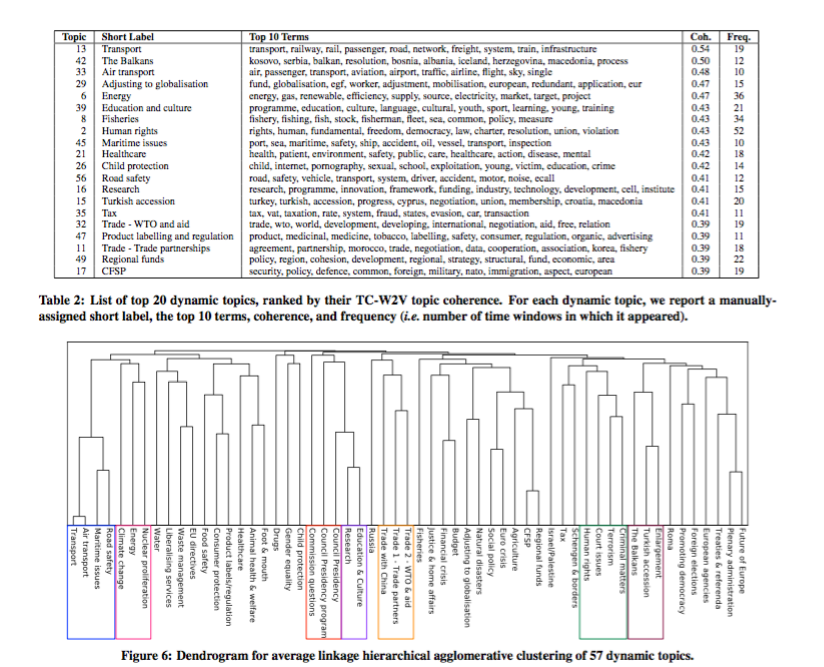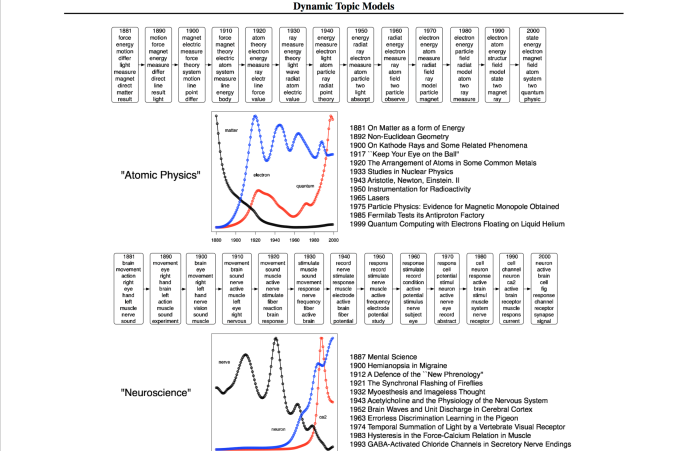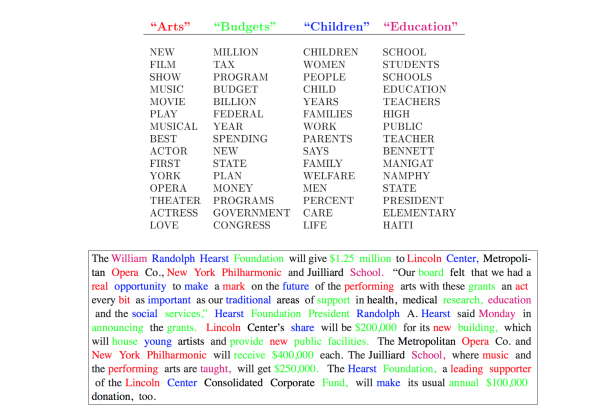While hunting for a data set to try my DTM python port, I came across this paper, and this repository. The paper itself was quite an interesting read and analysed trends of topics in the European Parliament, but what caught my attention was the algorithm they used to perform this analysis – what they called the Dynamic Non-Negative Matrix Factorisation (NMF). The …
Bhargav’s Google Summer of Code 2016 Live-Blog: a Chronicle of Dynamic Topic Models
September 2nd, 2016 It’s celebration time – I’ve officially cleared Google Summer of Code 2016! 😀 😀 It’s been an absolutely awesome experience, I’ve had great mentors in Lev and Radim and I’ve learned so, so much. You can see the result of my work here in this notebook tutorial – link. And you can follow the extra features which …
Understanding and Coding Dynamic Topic Models
Around a month into GSoC and into coding Dynamic Topic Models, there have been many challenges and experiences along the way. Before getting into the problems I faced, I’ll briefly describe what Dynamic Topic Models are. It would be helpful to read my previous blog post where I described Topic Models, first. You can also just do a quick google …
Topic Modelling and Coloring Document Words
My second Google Summer of Code blog post is going to be a wee bit more technical – I’m going to briefly describe what topic models do, before linking to a tutorial I wrote which will teach you how to do some cool stuff with Topic Models and gensim. Very, very briefly – given a collection of documents, topic models …
Google Summer of Code 2016 – Week 1 on Dynamic Topic Models
It’s been around a month since being selected to participate in Google Summer of Code 2016 with NumFOCUS and Gensim, and it’s been quite exhilarating. My tryst with Gensim started when I was looking for ways to model evolution of topics in Software Engineering research, and Dynamic Topic Models was an obvious choice. While I initially worked with the original …
 RARE Technologies
RARE Technologies



